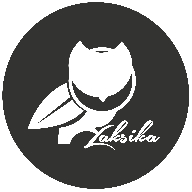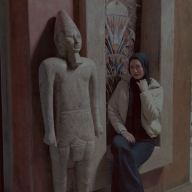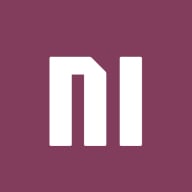AEC
Project Overview:
The primary goal of the educational LMS was to create a user-friendly platform that facilitates seamless learning and teaching experiences. The LMS was designed to support diverse learning methodologies, integrate advanced educational tools, and provide an intuitive interface for both educators and students.
Decision-Making Process:
- Identifying the Need:
- Problem Statement: Many educational institutions and organizations were struggling with fragmented and inefficient learning systems that hindered the teaching and learning process. The need for a centralized, cohesive platform was evident.
- Market Research: Conducted surveys and interviews with educators, students, and administrative staff to understand their pain points and requirements. Analyzed existing LMS platforms to identify gaps and opportunities for improvement.
- Defining Objectives:
- User-Centric Design: Ensure the platform is intuitive and easy to navigate for users of all technical proficiencies.
- Comprehensive Features: Incorporate essential functionalities such as course management, progress tracking, interactive content delivery, and communication tools.
- Scalability: Design the system to accommodate a growing number of users and courses without compromising performance.
- Accessibility: Ensure the platform adheres to accessibility standards to cater to users with disabilities.
- Design and Development:
- Wireframing and Prototyping: Created wireframes and interactive prototypes to visualize the user flow and interface. Conducted usability testing with a focus group to gather feedback and refine the design.
- Technology Stack: Chose a robust and scalable technology stack. For the frontend, used React.js for its component-based architecture and dynamic UI capabilities. For the backend, selected Node.js and Express.js for their performance and scalability. Used MongoDB for the database to handle large volumes of data.
- Integration of Features:
- Course Management: Developed a flexible course creation module allowing educators to design courses, upload content, and set assessments.
- Interactive Learning Tools: Integrated multimedia content support, quizzes, discussion forums, and real-time chat to enhance engagement.
- Progress Tracking: Implemented dashboards for students and educators to monitor progress, performance, and completion rates.
- Communication: Built-in messaging and notification system to facilitate communication between students and educators.
- Accessibility and Responsiveness: Ensured the platform was mobile-friendly and adhered to WCAG (Web Content Accessibility Guidelines).
- Testing and Quality Assurance:
- User Testing: Conducted extensive testing with real users to identify any usability issues and gather feedback on functionality and design.
- Bug Fixing: Addressed bugs and performance issues identified during testing to ensure a smooth user experience.
- Security: Implemented robust security measures to protect user data and ensure compliance with privacy regulations.
- Launch and Feedback:
- Soft Launch: Released a beta version to a small group of users to gather initial feedback and make necessary adjustments.
- Full Launch: Rolled out the LMS to a wider audience with comprehensive user guides and support.
- Continuous Improvement: Established a feedback loop to continually gather user feedback and implement updates and improvements.
Rationale Behind Key Decisions:
- User-Centric Design: Understanding that the LMS would be used by individuals with varying levels of technical expertise, prioritizing a simple and intuitive interface was crucial. This decision was driven by the need to minimize the learning curve and ensure that users could focus on the educational content rather than struggling with the platform.
- Comprehensive Features: By incorporating a wide range of features, the LMS aimed to provide a holistic educational experience. This included everything from course creation and content delivery to assessment and communication tools, making it a one-stop solution for educators and learners.
- Scalability: Anticipating growth, the platform was designed to handle increasing numbers of users and courses. Choosing technologies that support scalability ensured that the LMS could grow alongside its user base without performance degradation.
- Accessibility: Committing to accessibility ensured that the LMS was inclusive and usable by individuals with disabilities. This decision was guided by a commitment to provide equal learning opportunities for all users.
- Technology Stack: Selecting a modern and robust technology stack ensured that the platform could deliver a high-performance, responsive, and scalable user experience. The choice of React.js, Node.js, and MongoDB was based on their proven track records and community support.
Conclusion:
The development of the educational LMS was a strategic process driven by a deep understanding of user needs, market research, and a commitment to delivering a high-quality, scalable, and accessible learning platform. By prioritizing user experience, comprehensive features, and scalability, the LMS successfully addressed the pain points of traditional learning systems and provided a robust solution for modern educational needs.
Reviews
1 review
Hey Niushan!
Really great work! I think visually the homepage design is solid, inviting and full of useful information for attracting potential customers. I went ahead and left you some feedback directly in Figma and I hope it helps!
I think your rationale is also very well written out and contains a lot of good points. However I feel that based on that you may intend to further develop the project to include designs for course management, interactive learning tools, progress tracking, communication, etc. If you do I would love to see those and I would be happy to provide feedback!
I also want to see how scalability translates into your visual design - how many students can be in one course, how will messaging be handled from a lot of students, etc.
Overall really great start and I hope you will continue this project!
You might also like
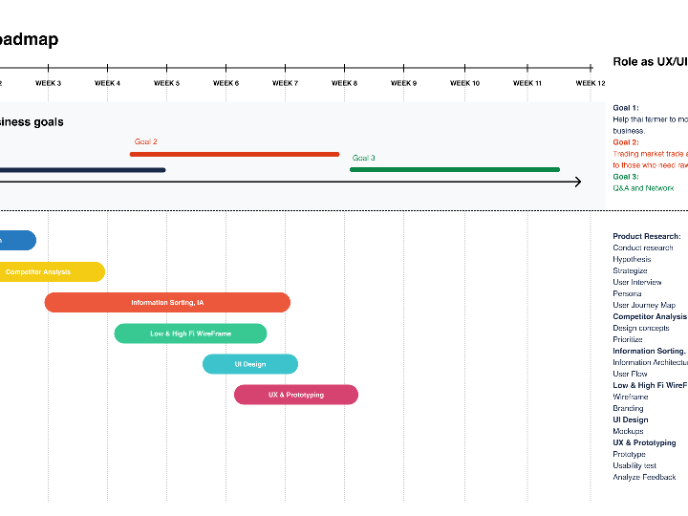
Build a Product Roadmap
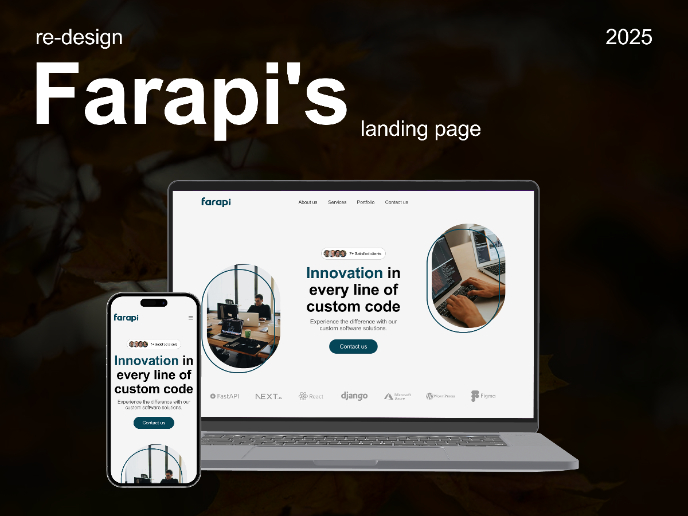
Re-design | Farapi's landing page
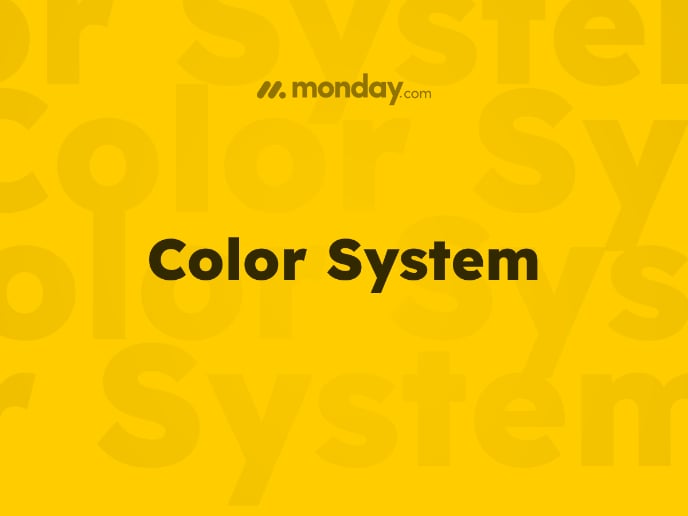
Monday.com Color System
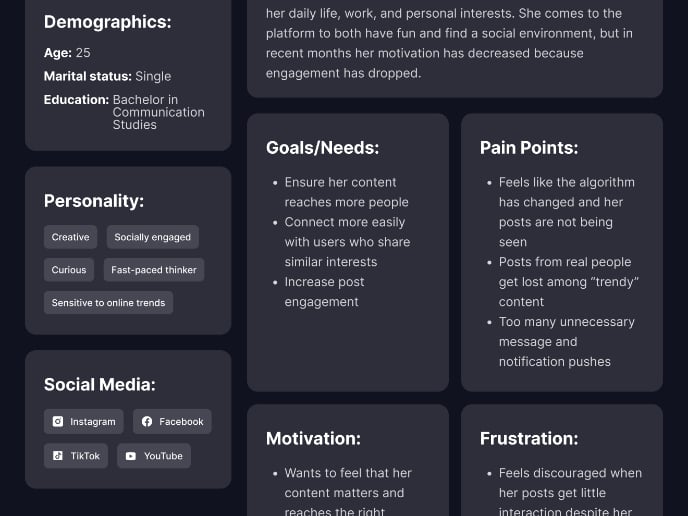
User Persona
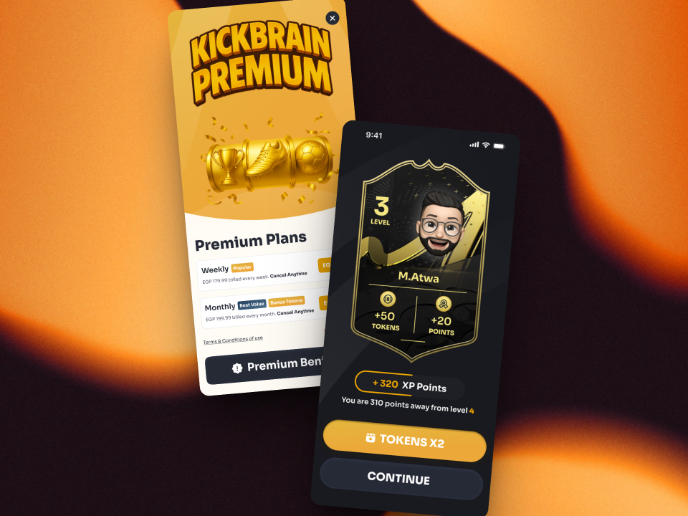
Redesigning KickBrain: Trivia Mobile Game
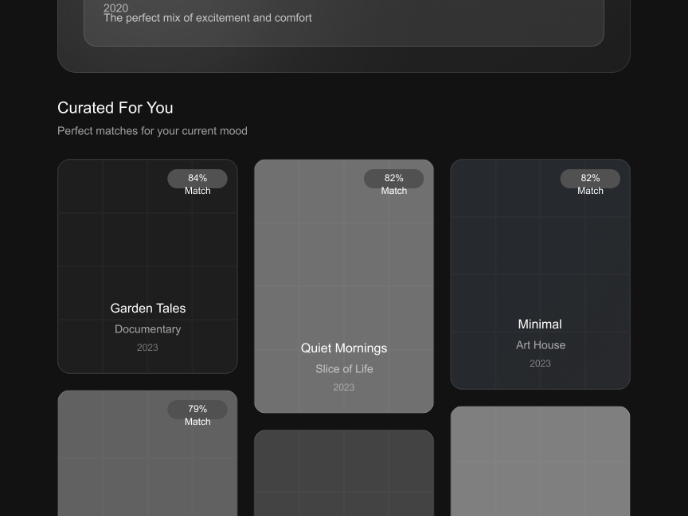
Wireframes
Popular Courses

UX Writing

Government Design Foundations




